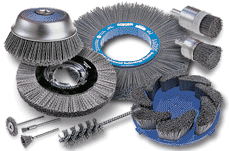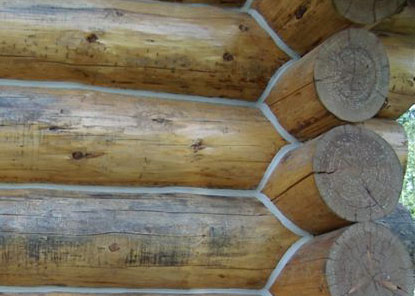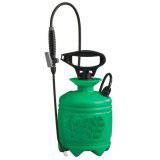Log Home Staining
Log home stain and clear coat applicator: Specializing in sanding, cleaning, staining and clear coating wood. PAINTING Guys: Alberta Canada
Log home stain and clear coat applicator: Specializing in sanding, cleaning, staining and clear coating wood. PAINTING Guys: Alberta Canada

We use industrial fans to push and pull sawdust and over-spray out of the house so the finish is as smooth and dust free as possible. This also massively reduces log dust after you are living in the home.
This is how we apply stain, primer or paint to wood. We use a combination of airless and HVLP sprayers. The idea is to soak, saturate the wood with stain, paint or clear coat until the product is full. We do this in 3 stages around the log building

Before:
BEFORE YOU START read this on cleaning your logs prior to any staining
Using a garden, hand pump like this to spray / apply stain on a log home is a bad idea.

This is a 3 coat process. Each coat is flood-coated, which means getting a log to soak as much stain as it will absorb per coat.
As the stain absorbs into the wood you back brush it out until there are no drips or sagging (until it looks even and absorbed). We do this three times around the building.
By the time you are on the 3rd coat, the wood is what we call “full” which means you no longer see any dry spots.